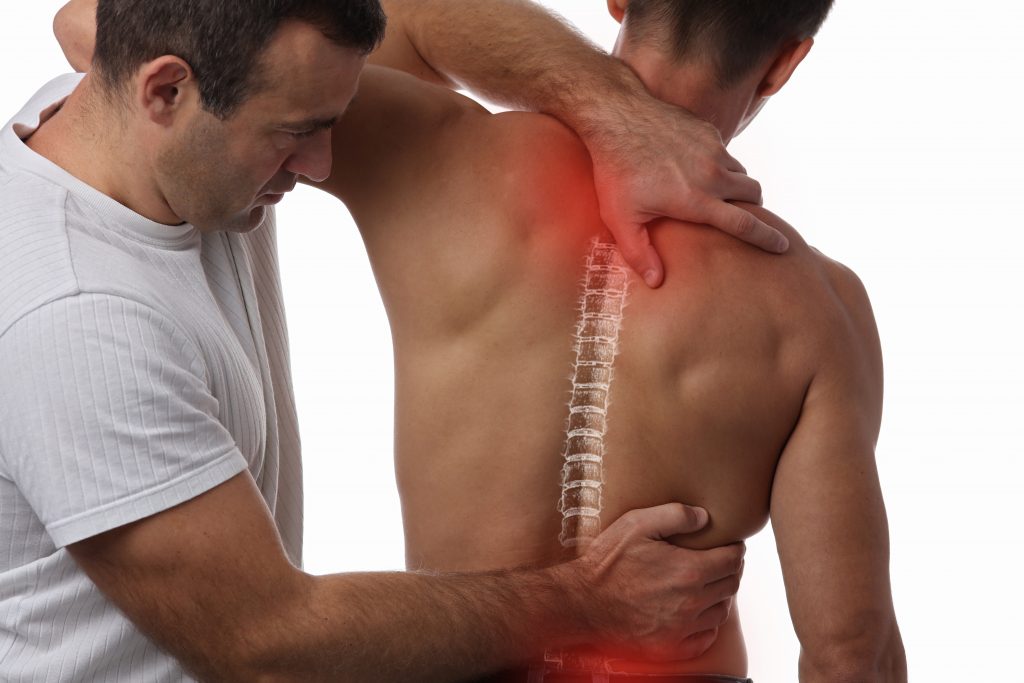
Therapr Team
Back pain is a global health issue affecting millions of people. For some, it’s a temporary discomfort, while for others, it becomes a persistent problem that affects daily activities, work, and overall quality of life. Osteopathy, with its hands-on techniques and holistic approach, has become a popular choice for those seeking relief without relying heavily on medication or surgery. This article investigates whether osteopathy is truly effective for chronic back pain and what science and patient experiences have to say.
Chronic back pain is defined as pain that lasts longer than 12 weeks, even after an initial injury or underlying cause has been treated. It can stem from various sources: muscular tension, joint dysfunction, poor posture, or spinal disc problems. The persistent nature of the pain often leads to emotional and psychological stress, further complicating treatment.
Osteopathy treats the body as a whole. For back pain, osteopaths assess not just the painful area but also how other body parts may contribute to the issue. For instance, tight hips or poor foot alignment can impact the spine. Using techniques like soft tissue massage, joint mobilization, stretching, and postural correction, osteopaths aim to restore balance and movement.
Several studies have shown that osteopathy can significantly reduce chronic lower back pain. A systematic review published in the Journal of Osteopathic Medicine indicated that osteopathic manipulative treatment (OMT) is moderately effective in improving function and reducing pain. Importantly, patients report a higher sense of well-being and satisfaction due to the personalized, hands-on nature of care.
Unlike surgery or strong medications, osteopathy is non-invasive and comes with fewer side effects. It promotes the body’s natural healing process and often addresses the root cause of the pain rather than just the symptoms. Osteopathy also includes advice on lifestyle, posture, and exercise to prevent recurrence.
Many chronic back pain sufferers turn to osteopathy after exhausting other treatment options. Athletes, office workers, and even the elderly report improvement in mobility, reduced pain levels, and better quality of sleep after a series of osteopathic treatments. While individual results may vary, the consistent feedback is encouraging.
For chronic conditions, a multidisciplinary approach often yields the best results. Osteopathy can be effectively combined with physiotherapy, acupuncture, Pilates, or even counseling for stress-related pain. The key is to build a treatment plan tailored to the patient’s unique condition and lifestyle.
Osteopathy offers a safe, gentle, and effective approach to managing chronic back pain. While it may not be a miracle cure for everyone, it provides substantial relief for many and addresses the deeper imbalances that often cause long-term discomfort. If you're living with back pain and looking for a more natural and holistic route to healing, osteopathy might just be the path worth exploring.
Author profile
Read more articles by Therapr Team.
Get the latest wellness insights delivered to your inbox.
Subscribe to Newsletter